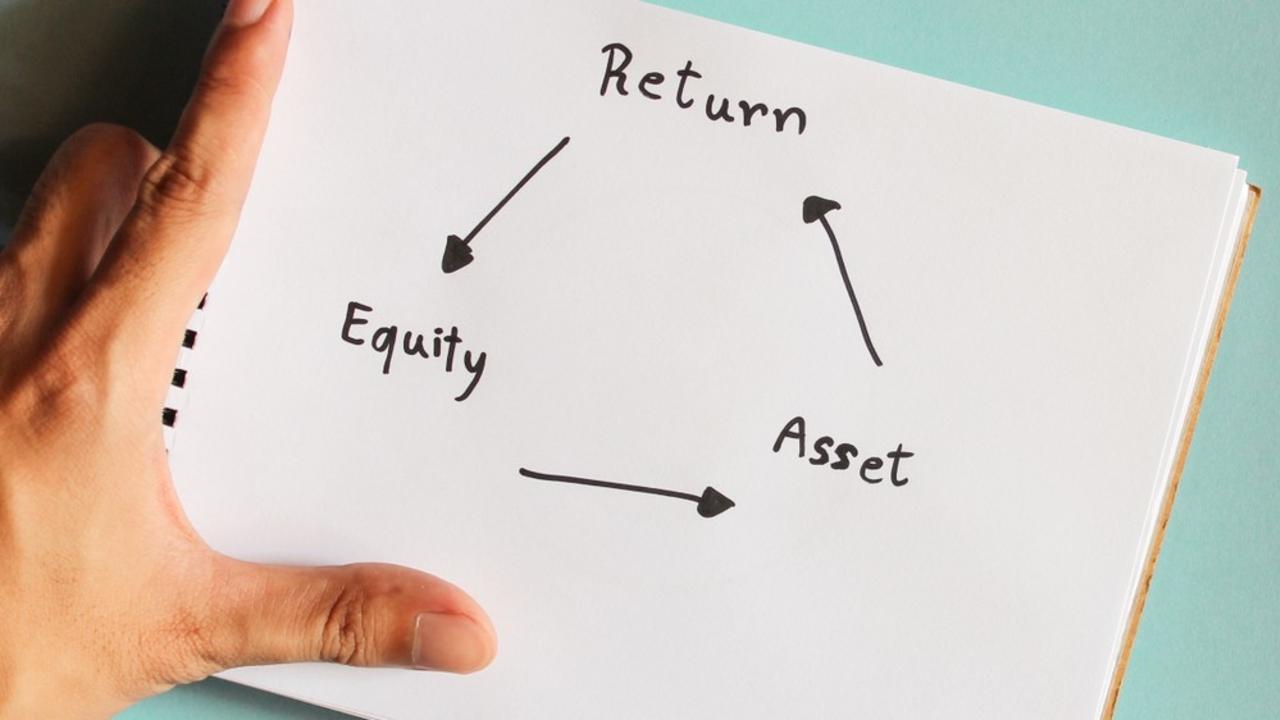Leveraging your equity

If you are looking to purchase a property as an investment, it can look like an uphill trudge. You have to save up the 25% deposit, not to mention the costs of refurbing and other things which always come up when you have the least cash available.
However, it’s surprising how many potential investors ignore the equity they have in their home, or an investment property that they already own. Understandably they want to protect their main residence in particular, but once the decision has been made to release the equity in that property – there is more than one way of doing this.
Most investors will look at remortgaging to draw down some of the equity through a mainstream mortgage. This might be a new mortgage if the original mortgage has been paid off or increasing the existing mortgage. This releases the cash for purchasing another property – or at least enough for a deposit and some for any refurbishments that may be needed.
For the most part property values increase over time so inflation will take care of some of this debt.
The challenge to this approach is that you can’t wait until a good opportunity comes up to purchase an additional property as the time it takes to sort out a new mortgage could mean it slips through your fingers. So that means that you would have to apply for the mortgage ahead of any deal coming up so you have the deposit in the bank ready.
Unfortunately, that means you’ll start paying interest on the amount you’ve released from the moment the paperwork on your mortgage is signed. If it’s several months before you find the right property for you to invest in, that’s six months of mortgage interest payments, while the capital you’ve drawn is sitting in your bank.
A draw-down facility on your property – known as an offset mortgage – used to be a common way of managing this situation, but they’re less easily available and qualifying isn’t as easy as it used to be.
Another option could be to negotiate a bank loan, but the decision-making process in most banks is slow and you may still miss the boat while the bank carries out its due diligence.
Another barrier to doing this is that lenders judge there is insufficient income to support the level of borrowing you desire. For your main residence, it may be that your proven personal income is not considered to be enough to draw the amount of equity you want. Possibly you may not even be allowed to increase your borrowing at all. If it is an investment property, then it will be the rental income received from the property that is judged to be insufficient. In such cases your ambition has fallen at the first hurdle, so you need to be more creative in your thinking.
The cost of borrowing v. the profitability of the deal
Any smart business person will be looking for the most cost-effective way to finance the deal – to make it as profitable as possible. So, the best way to do that is to use bridging finance.
Why?
- Because bridgers make decisions quickly – in days.
- Because you can get pre-approved for bridging finance, so you can show proof of funds and it won’t slow down your deal.
- Because you won’t have monthly repayments – the interest is incorporated into the loan and you pay the total amount back at the end of the loan period in one lump.
- Because it lets you act like a cash buyer, which means you can buy far below current market value and buy properties that are unmortgageable. Cash buyers never pay full rates and you can benefit from that too.
- Because you can apply for up to 70% of the unencumbered value of your property, even if you already have a mortgage on it – which gives you plenty of flexibility.
So there are lots of good reasons to use bridging and not really much in the way of downsides. Even the higher interest rates for a bridging loan can be ignored as your potential profit will more than cover those.
If you want to find out more about intelligent finance for property investors check out the Recycle Your Cash Property Finance Masterclasses.
You can learn more here:
- Contact Kevin Wright over on his Facebook page.
- Browse the Recycle Your Cash online training library by clicking here.
- Attend an upcoming 1-Day Property Finance Masterclass event - Book in here.






